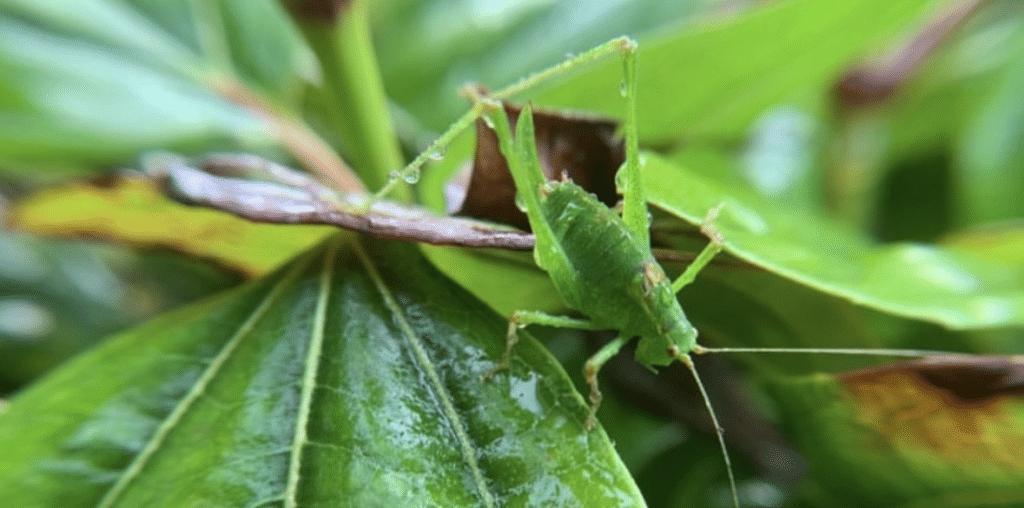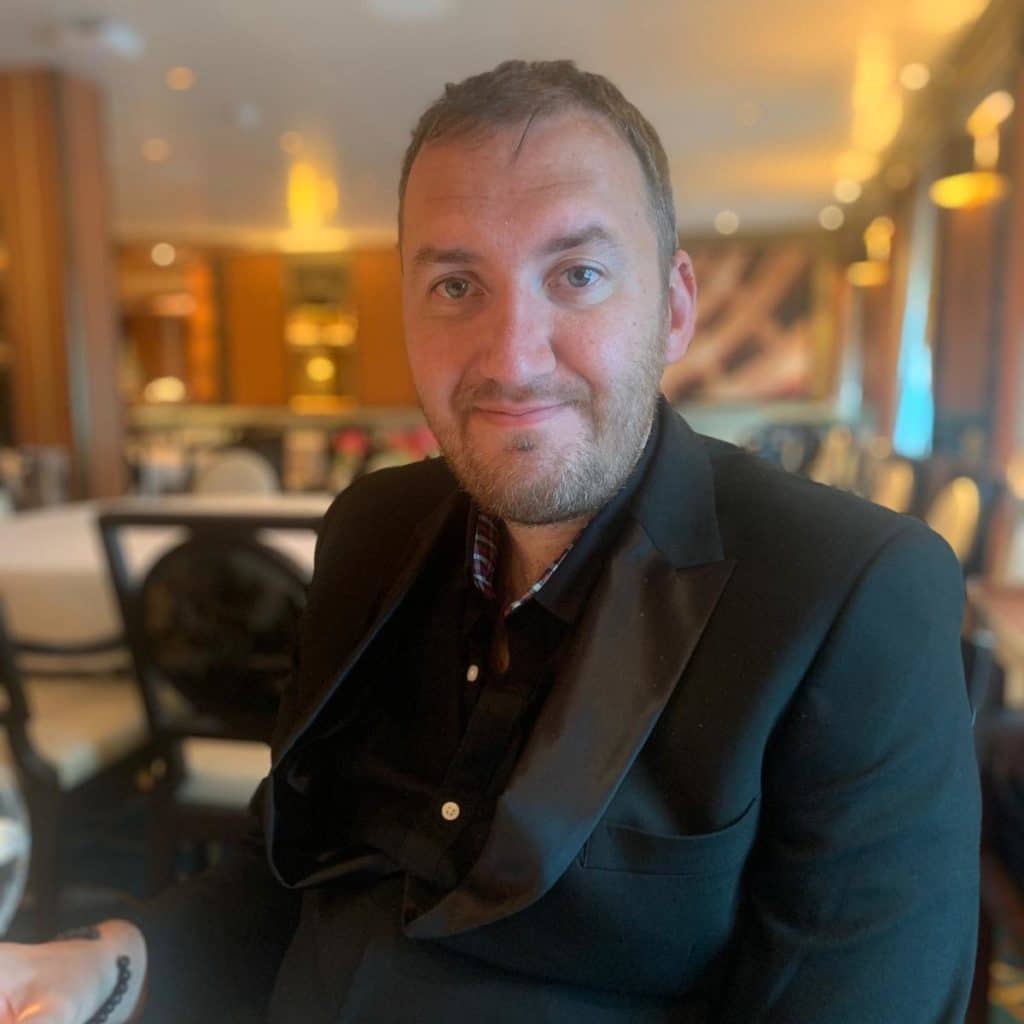
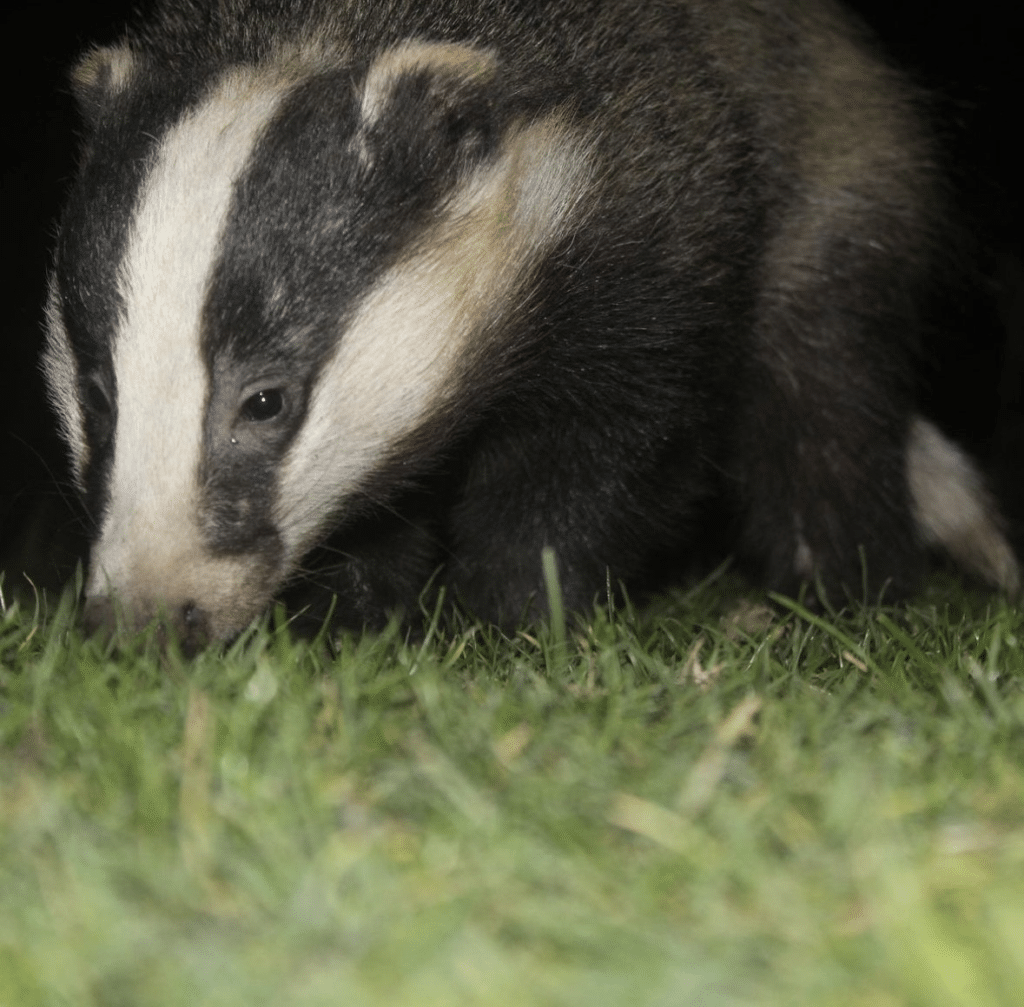
I mainly record in my own back garden in what I would describe as a suburban area of Orpington, South London. Although in the London Borough of Bromley, I am only a short distance from the Kentish border, and as such, whilst I am surrounded by tarmac and industry, I can also see sheep grazing in fields from my window. I am also walking distance from High Elms Country Park, a Site of Special Scientific Interest (SSSI) home to a variety of wildlife ranging from orchids to bullfinches and roe deer.
My favourite site in London is genuinely my back garden. I feel blessed with the number and range of different species that have visited my garden and that I have been able to officially record. I make a note of any animal I see from my window (normally birds) into my phone. However, I also make use of camera traps, which are a vital tool for any naturalist. During the nocturnal hours, which, we, as humans, are not normally privy to, I am visited by some very special animals – badgers and foxes. On one occasion, I believe I was visited by a weasel (the footage is not great, but both the Mammal Society and Orpington Field Club have agreed on weasel). I have never been visited by a hedgehog in my six years of recording at this site. The gardens are well-connected in this road via hedgerows, rather than fences, so there is the potential for hedgehogs, but there do not seem to be any in the area.
I am also a trained Riverfly Monitor and volunteer for Thames21 on the River Cray in Orpington. Riverfly monitors are volunteers who visit their local rivers to collect samples of any aquatic invertebrates present. Monitoring the populations and variety of aquatic invertebrate species in a river is a good way to measure pollution levels, as obviously survival is difficult for them in a heavily polluted river. In the Cray, we mainly catch large dark olive mayfly (Baetis rhodani), cased caddisflies, Gammarus and blue-winged olive (Serratella ignita).
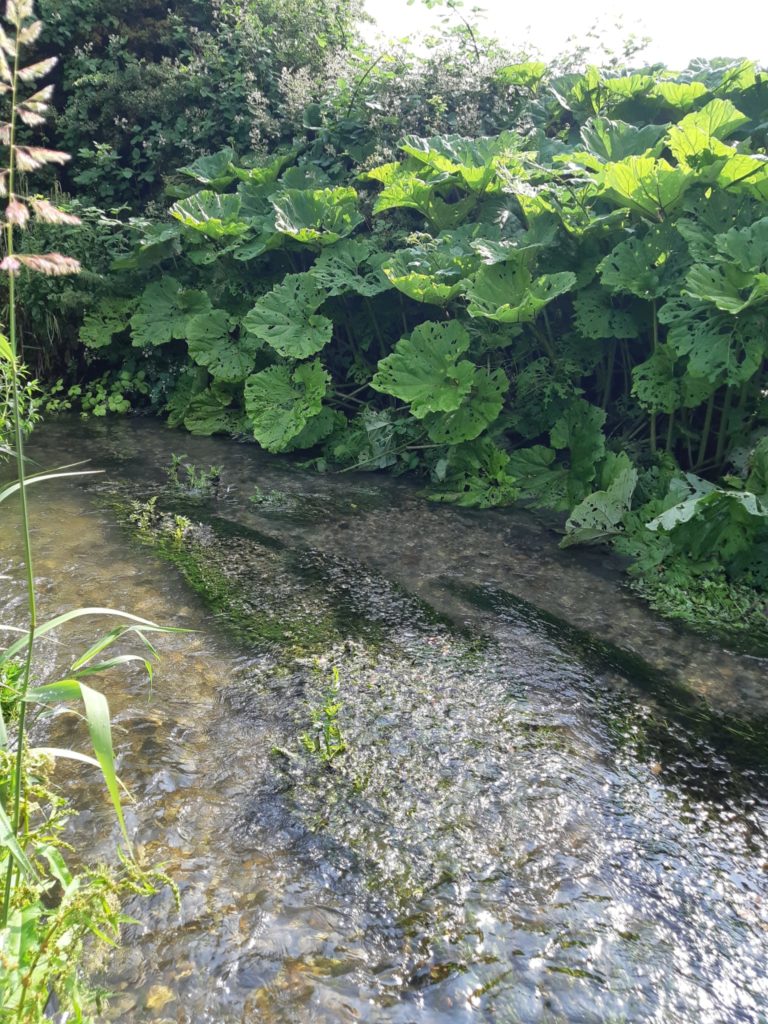
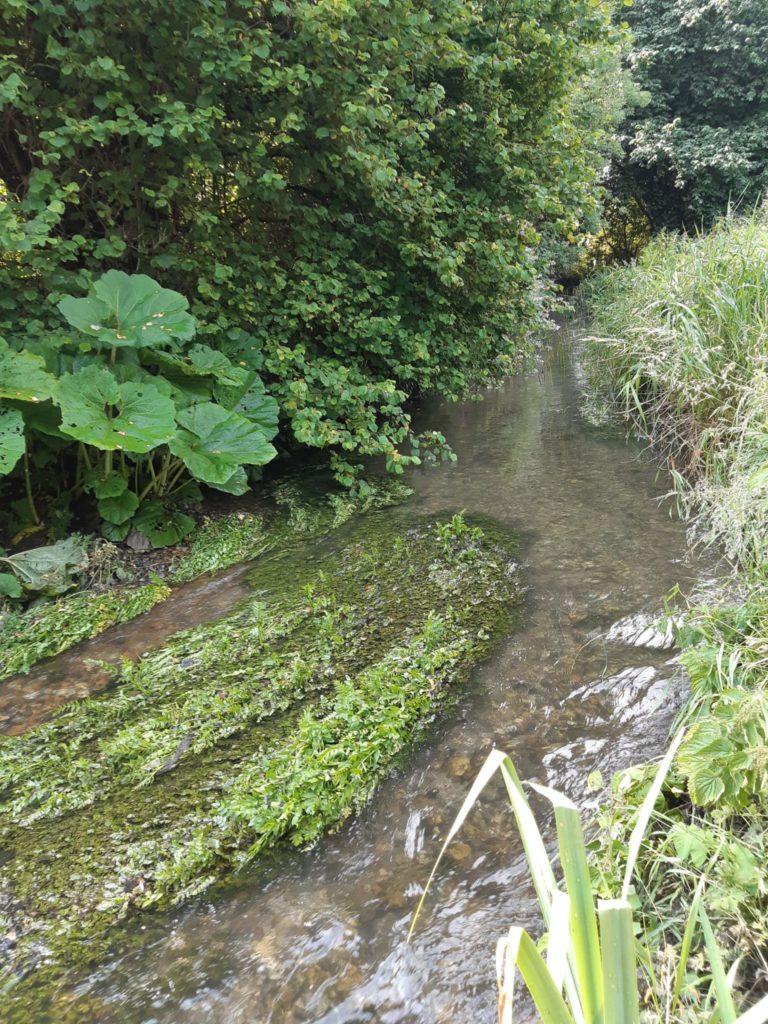
Cased caddisflies are a species of particular interest to me. These insects produce silk and weave themselves a shell put together with pieces of sediment, wood, or anything else they can find. What is even more remarkable about this species is that they have been doing this since the Triassic period! They are quite literally living fossils! The data collected from this project is sent to the Environment Agency, Zoological Society of London, Thames 21 and GiGL. I also provide data of any other wildlife I see whilst surveying the river ranging from red foxes, kingfishers, grey wagtails, and little egrets to non-native Egyptian geese.
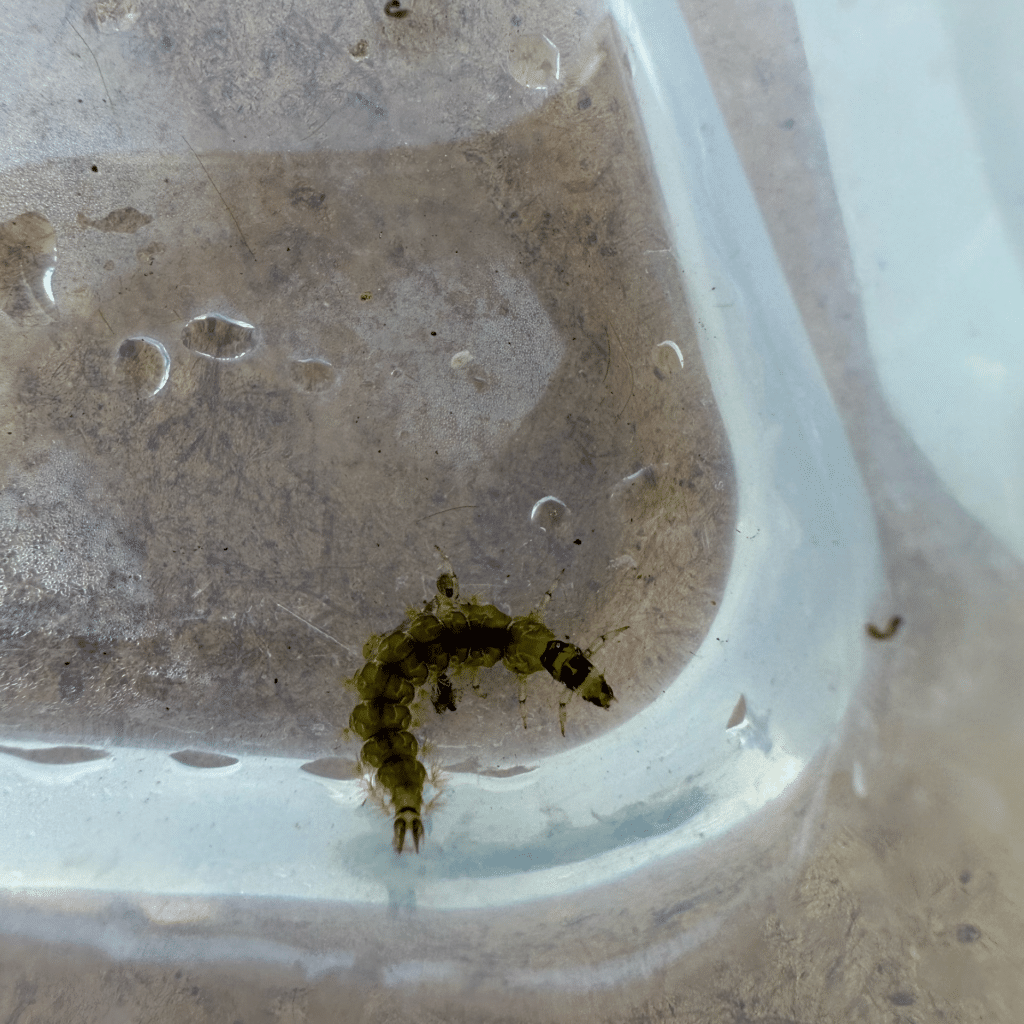
I particularly enjoy recording for a couple of reasons. Firstly, I am passionate about the natural world. I have always been interested in wildlife and that interest has only blossomed since into more of a deep passion. I continue to be amazed by the natural world. I also have an interest in data. Pretty much all the jobs I have held have involved data, whether that be the input, collation, or analysis of. As such, the importance of data has been drummed into me. Whatever the sector may be, whether it be the environment, healthcare, or something else, data is the evidence-base from which all decisions are made. I, therefore, feel that as a person with such a huge passion for the natural world, reporting what I find is a must.
I have at least one trail camera set up in my garden every day and after getting home from work, I check what animals have visited the garden throughout the previous day and night and make a note of them on my phone. On a weekend, checking my camera trap(s) is the first thing I do after waking. After collecting the data, I immediately input this into the GiGL database, whether it be a feral pigeon, or a stag beetle, whether a species is common or rare, all data are important and over time paint a picture. I visit the river Cray on the third Sunday of every month to complete a riverfly survey. Being only one Sunday a month, it is easy to fit into my life and is very enjoyable. It is a great feeling to know you are contributing to science and the health of our rivers.
I have been recording for GiGL since September 2018, so five years this month, which I had not been aware of until typing this sentence! Since first recording, I have also looked back at earlier records and uploaded pre-2018 data to the GiGL database too.
For me, the greatest benefit of recording for GiGL is contributing to the protection of nature. I feel that recording is not a strenuous task, quite literally anybody can do it, and contributing evidence to London’s Local Environmental Record Centre (LERC) gives nature a voice that it wouldn’t otherwise have. It is a joy for me to be able to watch wildlife in action and to report my sightings to GiGL is very fulfilling.
